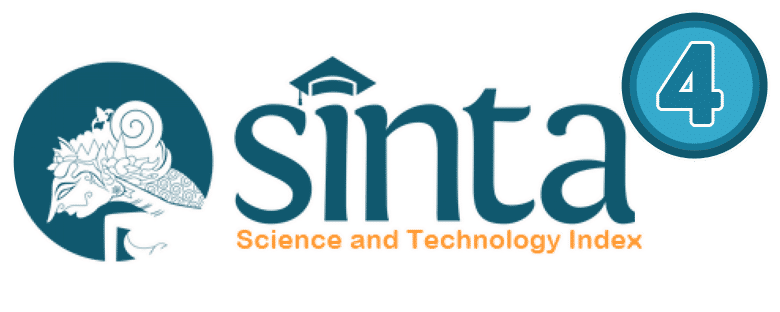PENGARUH MODEL PEMBELAJARAN KOOPERATIF TIPE THINK PAIR SHARE (TPS) TERHADAP HASIL BELAJAR LAGU NUSANTARA SISWA KELAS VIII-I SMP YP PEMBANGUNAN GALANG
DOI:
https://doi.org/10.24114/grenek.v7i1.8783Abstract
This study aimed to determine the effect of student learning outcomes by applying the learningmodel Think Pair Share (TPS) on the archipelago song class VIII-I in SMP YP PembangunanGalang of the Academic Year 2016/2017.This type of research is True experimental design with pretest-Psottest Control GroupDesign. The population in the study were all second semester VIII class consisting of 3 classes.Sampling was done by random sampling. Sample chosen is a class VIII-I as the experimental classlearning model Think Pair Share, amounting to 30 people and VIII-II as a control group withconventional learning models which amounted to 32 people. The instrument used in this studyused multiple-choice test of 25 questions with four possible answers that have validator. Thestatistics are used to test the hypothesis of this study is to test t, As a prerequisite test used to testthe normality and homogeneity.Based on the post-test and analysis of data obtained an average value of 78.26experimental group and the average value of the control group 66. From the results of hypothesistesting, it turns out the alternative hypothesis (Ha) is accepted. Testing the hypothesis in researchusing hypothesis testing t-test two parties and of the calculation of the statistics obtained by value t= 4.60 t the next price compared to the price ttabel with significance level of 5% was obtainedtable = 2.0 then t ≥ t table or - t ≤ - t table is ≥ 2.0 or -4.60 4.60 ≤ -2.0. Then the results of testinghypothesis Ho is rejected and Ha is accepted.Based on data analysis and discussion of the results of hypothesis testing, theconclusion of this study was no significant difference in the use of learning model Think PairShare (TPS) to the learning outcomes obtained by students on track archipelago VIII-I in SMP YPPembangunan Galang of the Academic Year 2016/2017.Downloads
Published
2018-01-03
Issue
Section
Grenek Music Journal
License
Copyright (c) 2018 Sahat Maruli Siahaan

This work is licensed under a Creative Commons Attribution-ShareAlike 4.0 International License.
Authors published with the Grenek: Jurnal Seni Musik agree to the following terms:
- Authors retain copyright and grant the journal the right of first publication with the work simultaneously licensed under a Creative Commons Attribution License (CC BY-SA 4.0) that allows others to share the work with an acknowledgment of the work's authorship and initial publication in this journal.
- Authors are able to enter into separate, additional contractual arrangements for the non-exclusive distribution of the journal's published version of the work (e.g., post it to an institutional repository or publish it in a book), with an acknowledgment of its initial publication in this journal.
- Authors are permitted and encouraged to post their work online (e.g., in institutional repositories or on their website) prior to and during the submission process, as it can lead to productive exchanges, as well as earlier and greater citation of published work. (See The Effect of Open Access)








